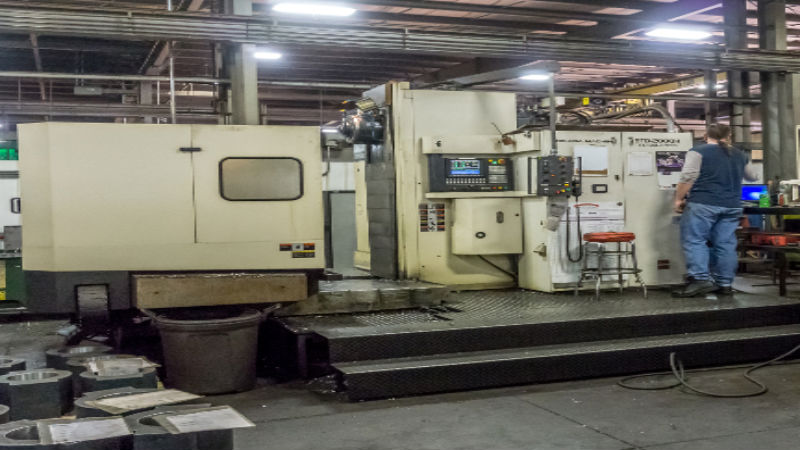In the trend toward smoke free environments, smokers often get lost in the shuffle. This is particularly true for many workplaces. While it is essential companies protect non-smokers from second-hand smoke, it also makes sense to ensure those who do smoke have a safe environment in which to do so. To accomplish this, some managers invest in the construction of smoking shelters.
What Is a Smoking Shelter?
At its most basic, a smoking shelter is a form of primitive building under which employees who are smokers can seek protection from the elements. It usually has a roof, a side or two (but cannot be fully enclosed) and one or more ashtrays. Under current UK legislation, companies have no obligation to provide smokers with any type of shelter. However, employers – who care to protect all their staff, need to consider the erection of such an edifice nearby.
Types
Smoking shelters are available in diverse sizes and shapes. All must conform to planning and building codes and restriction. In general, a smoking shelter consists of:
- One side
- Two sides
- Three sides – This may not be possible where legislation dictates enclosures of any type must not be more than 50% of the entire structure
In the UK, regulations dictate the design must not result in a shelter being either wholly nor substantially enclosed.
When choosing a smoking shelter, consider the law and any bylaws before considering such factors as:
- Number of people utilizing it
- Location – distance from the workspace, environmental factors
- Amenities
- Appearance
- Budget
Smoking Shelters
Erecting a smoking shelter is one way of being inclusive. It allows employers and managers to provide for all their employees – smoking and non-smoking alike. Whether it is an office building or construction site, smoking shelters provide the same services. They allow those who smoke to do so. They also prevent non-smokers from suffering the consequences associated with inhaling second-hand smoke.
